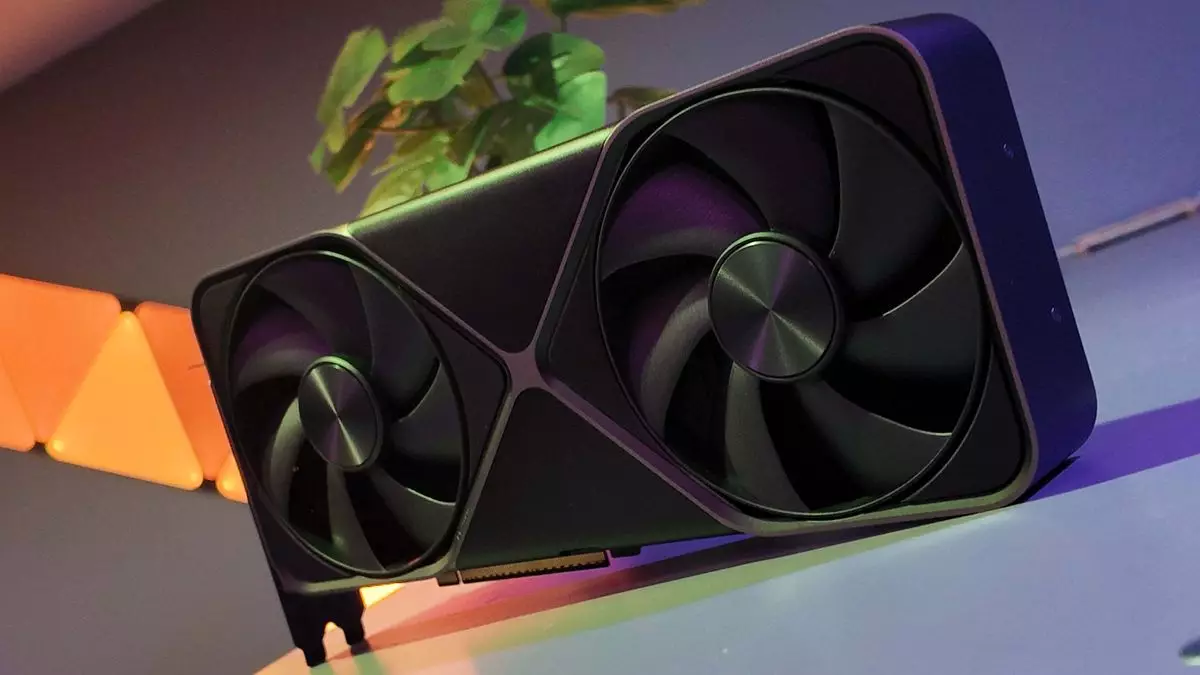Despite recent updates aiming to resolve the notorious black screen issue that plagued Nvidia’s RTX 50-series graphics cards, it seems that the problem has not been fully put to rest. Initially thought to be resolved following VBIOS updates and a dedicated driver release from Nvidia, users are now facing recurring frustrations. The latest GeForce Hotfix Driver Version 572.75 addresses specific complications, particularly for the RTX 5080 and RTX 5090 models. This continued struggle sheds light on the complexities of modern graphics technology and the challenges Nvidia faces in providing stable and reliable products.
Current Fixes and Continued Challenges
The GeForce Hotfix Driver Version 572.75 introduces fixes albeit for a narrow set of issues. In an age where consumers expect seamless functionality, the necessity for drivers to repeatedly address basic operational failures is frustrating. This hotfix tackles a failure to achieve full performance after rebooting system overclocked settings, as well as reintroducing the black screen conundrum that many hoped was resolved. While these updates are a move in the right direction, it’s concerning that such foundational issues persist after significant investment by consumers.
The Inconvenience of Downgrades
Enthusiasts who invested in a premium product like the RTX 5090 expect top-tier performance without compromise. Financially, these high-end graphics cards come with a price tag that ranges over $2,000. Yet reports reveal that users had to lower their resolutions to 60 Hz to bypass these anomalies, effectively crippling the awesome capabilities of their advanced hardware. This situation underscores a broader dilemma within high-end technology, where users are often forced into frustrating compromises that betray their initial expectations of performance.
User Experience: The Cost of Ownership
The gaming and tech community’s response to the ongoing black screen issue reflects a mixture of disappointment and cautious optimism. For those fortunate enough to secure an RTX 50-series GPU amidst high demand and supply constraints, the excitement of new technology is tempered by the day-to-day reality of unexpected glitches. Nvidia’s efforts to remedy these issues, while promising, often come across as reactive rather than proactive, raising questions about brand reliability and product testing. Consumers are entitled to not just functioning hardware, but also a seamless experience right out of the box.
Final Thoughts on Future Prospects
As we move further into the future of gaming and computer graphics, the RTX 50-series black screen saga illustrates a crucial lesson about expectations versus reality when it comes to cutting-edge technology. While manufacturers like Nvidia continue to push the boundaries of what is possible, the irritation of unresolved issues emphasizes the importance of stringent quality control and user satisfaction. The barriers to trust created by incidents like these will require considerable effort to overcome, as users demand not only state-of-the-art performance but also an equally impressive level of reliability. Indeed, the tech world needs to strive for harmony between innovation and dependability.

